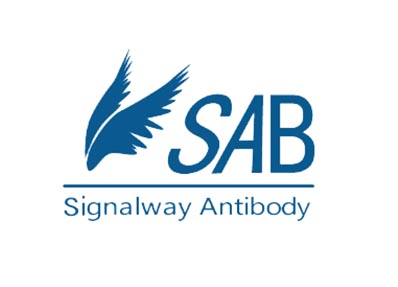Product Detail
Product NameVEGFR1 Antibody FITC Conjugated
Host SpeciesRabbit
ClonalityPolyclonal
IsotypeIgG
PurificationPurified by Protein A.
Applications Flow-Cyt ICC IF
Species ReactivityHu Ms Rt
Immunogen DescKLH conjugated synthetic peptide aa 1160-1210 1333 derived from rat VEGFR1
Target NameVEGFR1
ConjugateFITC
Excitation Emission494nm 518nm
Other NamesVEGFR-1; Vascular endothelial growth factor receptor 1; Fms-like tyrosine kinase 1; FLT-1; Tyrosine-protein kinase receptor FLT; Flt1; Vegfr1
Accession NoSwiss-Prot#P53767
NCBI Gene ID54251
Uniprot
P53767
Gene ID
54251;
Concentration1mg ml
Formulation0.01M TBS(pH7.4) with 1% BSA, 0.03% Proclin300 and 50% Glycerol.
StorageShipped at 4˚C. Store at -20˚C for one year. Avoid repeated freeze/thaw cycles.
Application Details
Flow-Cyt=1:50-200 ICC=1:50-200 IF=1:50-200
Tyrosine-protein kinase that acts as a cell-surface receptor for VEGFA, VEGFB and PGF, and plays an essential role in the development of embryonic vasculature, the regulation of angiogenesis, cell survival, cell migration, macrophage function, chemotaxis, and cancer cell invasion. May play an essential role as a negative regulator of embryonic angiogenesis by inhibiting excessive proliferation of endothelial cells. Can promote endothelial cell proliferation, survival and angiogenesis in adulthood. Its function in promoting cell proliferation seems to be cell-type specific. Promotes PGF-mediated proliferation of endothelial cells, and proliferation of some types of cancer cells, but does not promote proliferation of normal fibroblasts. Has very high affinity for VEGFA and relatively low protein kinase activity; may function as a negative regulator of VEGFA signaling by limiting the amount of free VEGFA and preventing its binding to KDR. Modulates KDR signaling by forming heterodimers with KDR. Ligand binding leads to the activation of several signaling cascades. Activation of PLCG leads to the production of the cellular signaling molecules diacylglycerol and inositol 1,4,5-trisphosphate and the activation of protein kinase C. Mediates phosphorylation of PIK3R1, the regulatory subunit of phosphatidylinositol 3-kinase, leading to the activation of phosphatidylinositol kinase and the downstream signaling pathway. Mediates activation of MAPK1 ERK2, MAPK3 ERK1 and the MAP kinase signaling pathway, as well as of the AKT1 signaling pathway. Phosphorylates SRC, YES1 and PLCG, and may also phosphorylate CBL. Promotes phosphorylation of AKT1 and PTK2 FAK1 (By similarity).
If you have published an article using product C00123F, please notify us so that we can cite your literature.



 15 business days.
15 business days.



